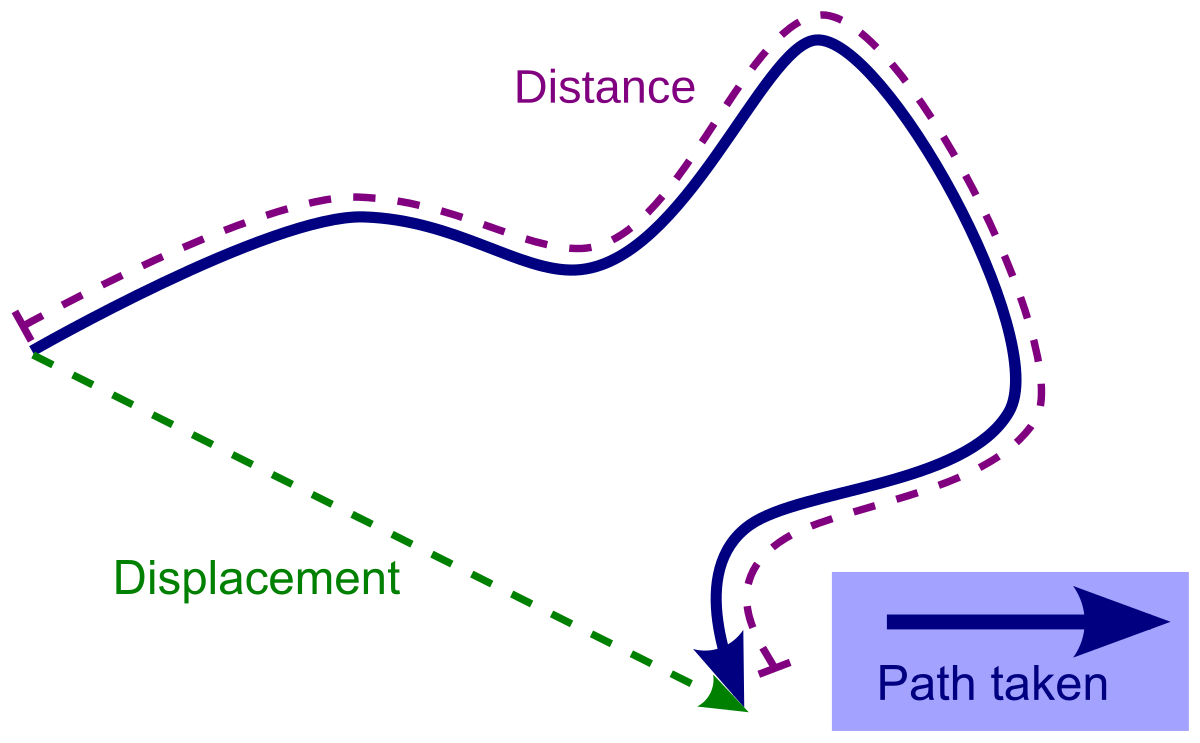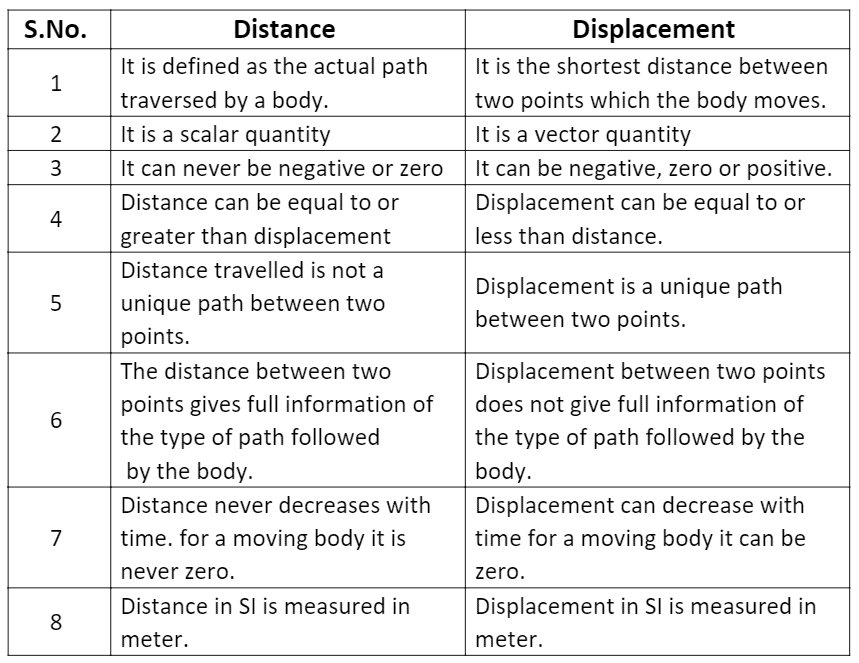In math and mechanics, a removal is a vector whose length is the most limited separation from the underlying to the last situation of a point P going through motion. It measures both the distance and heading of the net or complete movement along a straight line from the underlying situation to the last situation of the point direction. A dislodging might be related to the interpretation that maps the underlying situation to the last position.
A removal might be likewise depicted as a relative position (coming about because of the movement), that is, as the last position xf of a point somewhat to its underlying position xi. The comparing removal vector can be characterized as the distinction between the last and introductory positions:
In thinking about movements of items over the long haul, the quick speed of the article is the pace of progress of the uprooting as a component of time. The quick speed, then, at that point, is unmistakable from speed, or the time pace of progress of the distance went along a particular way. The speed might be equally characterized as the time pace of progress of the position vector. On the off chance that one thinks about a moving beginning position, or identically a moving beginning (for example an underlying position or beginning which is fixed to a train cart, which thus continues on its rail track), the speed of P (for example a point addressing the situation of a traveler strolling on the train) might be alluded to as a relative speed, rather than a flat out speed, which is registered concerning a point which is viewed as 'fixed in space, (for example, for example, a point fixed on the floor of the train station).
For movement throughout a given timespan, the dislodging separated by the length of the time span characterizes the normal speed, which is a vector, and contrasts in this way from the normal speed, which is a scalar amount.
Distance and uprooting are two amounts that appear to mean something very similar however are unmistakably unique with various implications and definitions. Distance is the proportion of "how much ground an item has covered during its movement" while dislodging alludes to the proportion of "how out of sight place is an item." In this article, let us comprehend the contrast among distance and uprooting.
What is Distance?
Distance is the complete development of an article with no respect to heading. We can characterize distance concerning how much ground an item has covered regardless of its beginning or finishing point.
How about we comprehend the idea of distance with the assistance of the accompanying chart:
Distance Formula
Δd=d1+d2
How is Displacement characterized?
Relocation is characterized as the adjustment of position of an item. It is a vector amount and has a heading and greatness. It is addressed as a bolt that focuses from the beginning situation to the last position. For instance If an item moves from A situation to B, then, at that point the article's position changes. This adjustment of position of an item is known as Displacement.
Displacement =
Rigid body
In managing the movement of a rigid body, the term dislodging may likewise incorporate the pivots of the body. For this situation, the relocation of a molecule of the body is called straight uprooting (dislodging along a line), while the turn of the body is called precise removal.






![Is Helium a Noble Gas? [ EDU Science ]](https://blogger.googleusercontent.com/img/b/R29vZ2xl/AVvXsEhnf4spv6HGlGiVe5Zu3zN6z4KP91ZQfpPrQurkHaeBksi6eOYDbVr1Cyvfd51AP99ebC48IwK2xsGZIarbflINNfC5_FFYrfqg3h1qNR01uUzM_umyNUg2S5c8aWHKQLjBYSE9UoHSIw/w100/cartoon-happy-frog_160606-288-removebg-preview+%25283%2529.png)
![What is aerodynamics?[ EDU Science ]](https://blogger.googleusercontent.com/img/b/R29vZ2xl/AVvXsEhN4R6-c-aaMLVew58tuGqq54Gu1bN6I1ICP_wLrCZPVI9UttDlBVIMNzn9OGrIlSJ8sGwgb5JBsH8E8eMxy-sjgUmOIZvBjcE8OWuPMOauTQdjFe1slakhBWpqfeqZB8HHnLouFN_uNg/w100/unnamed.jpg)
0 Comments
If you have any doubt let me know.